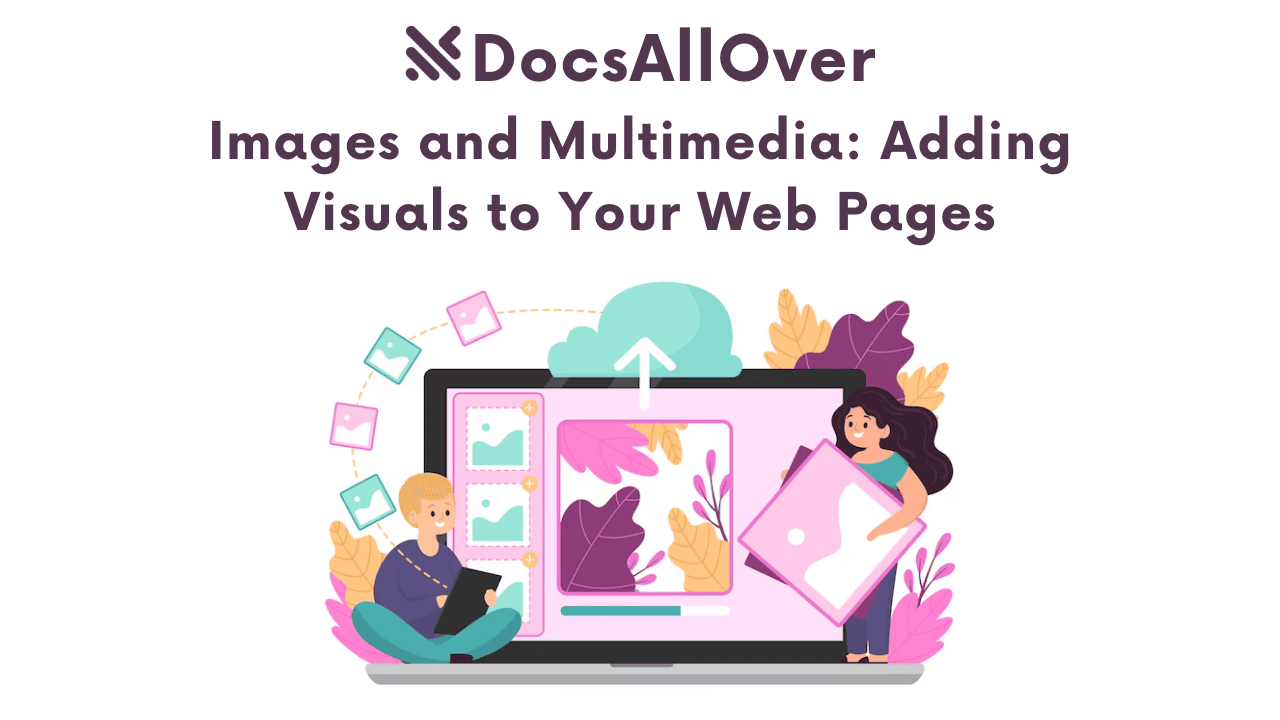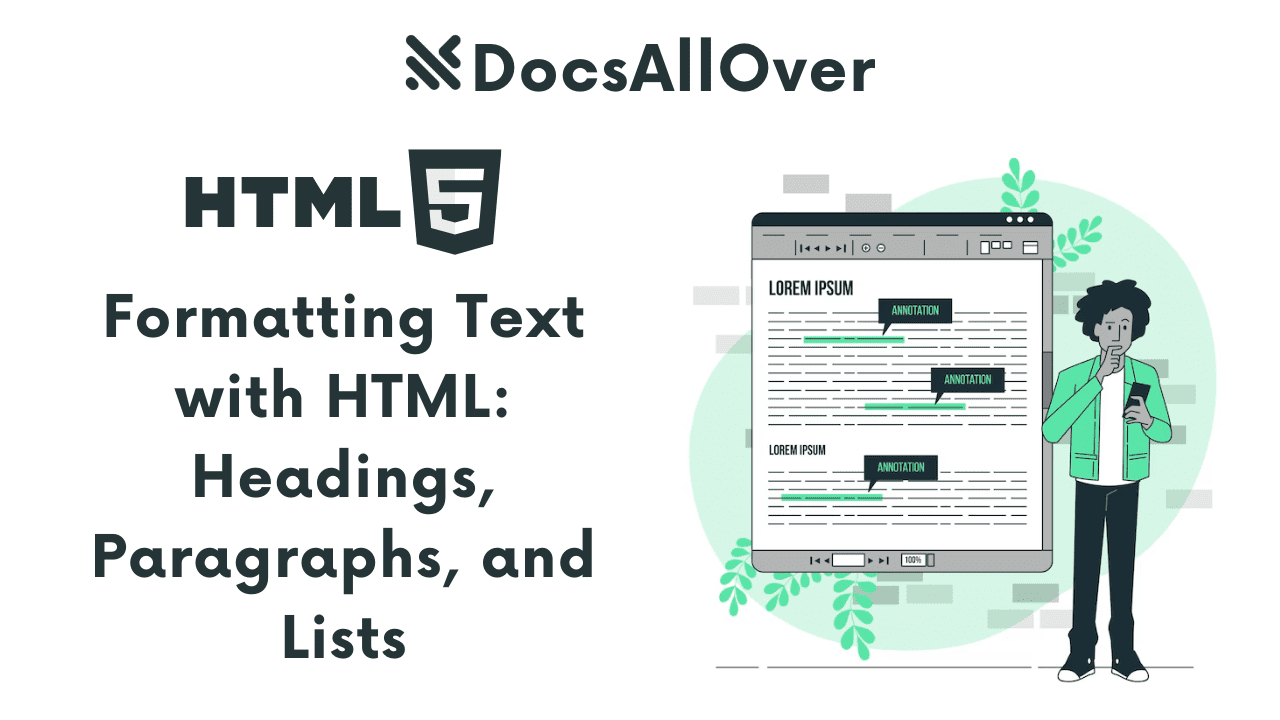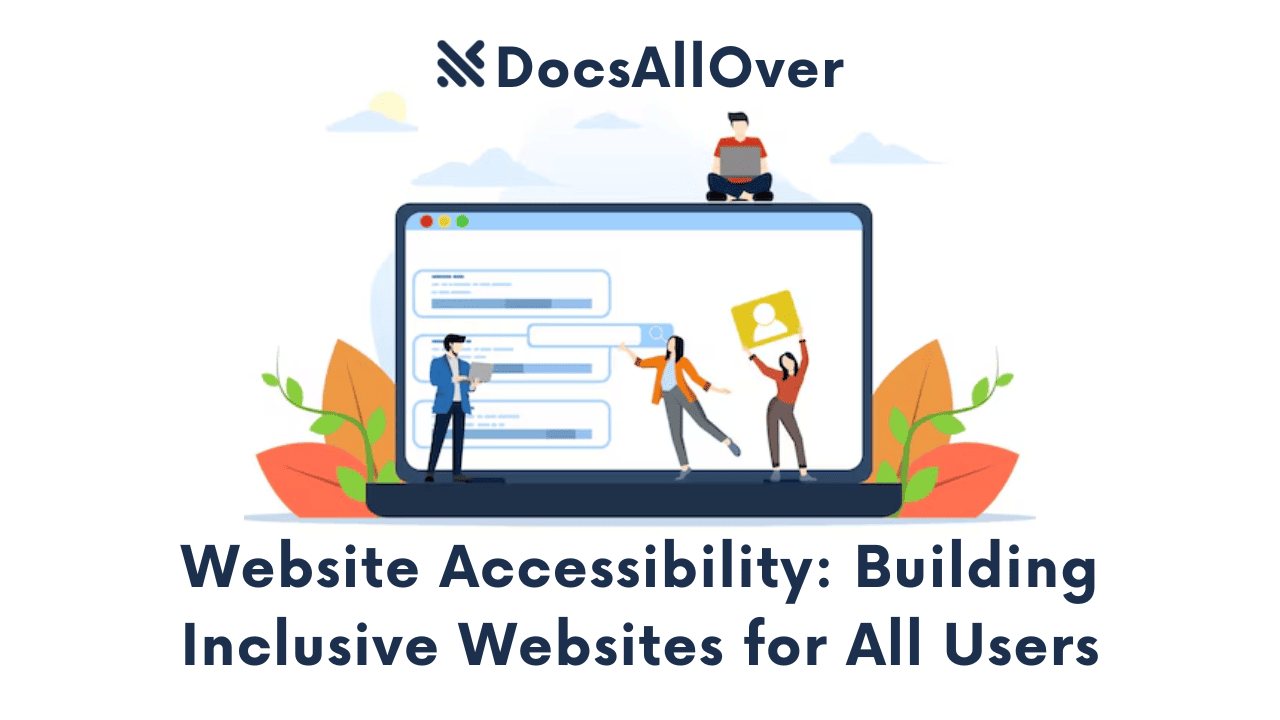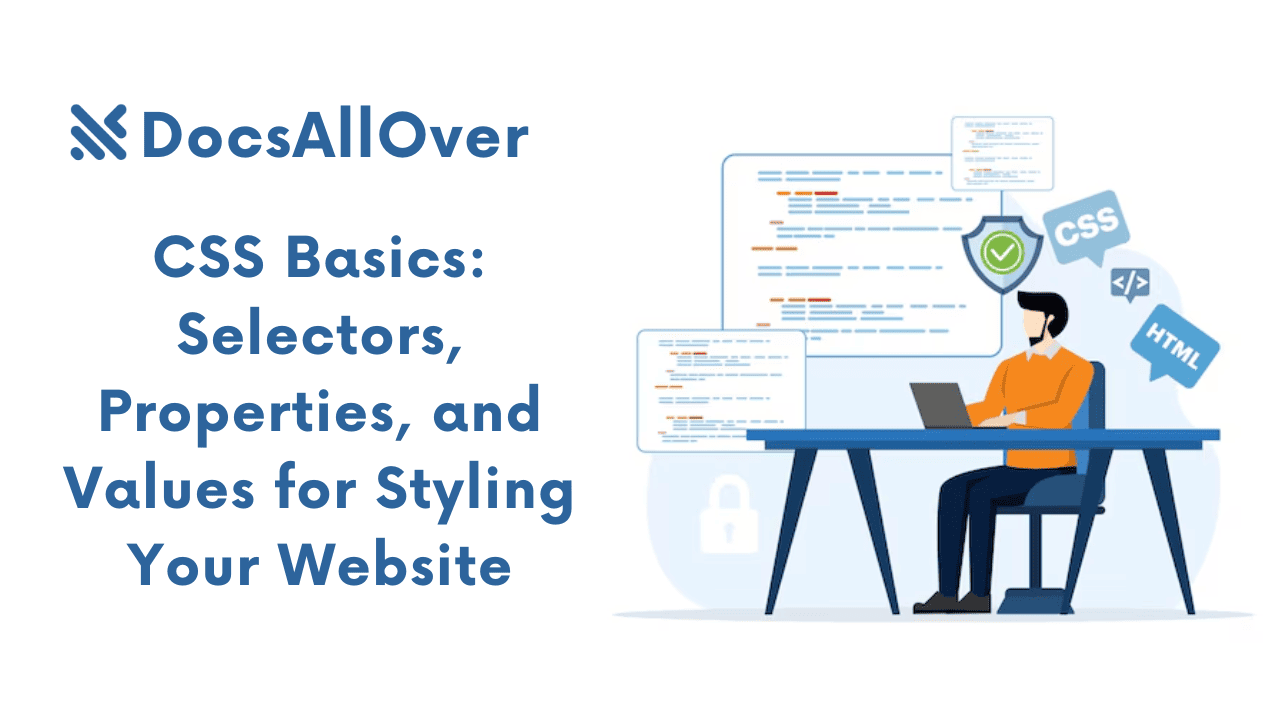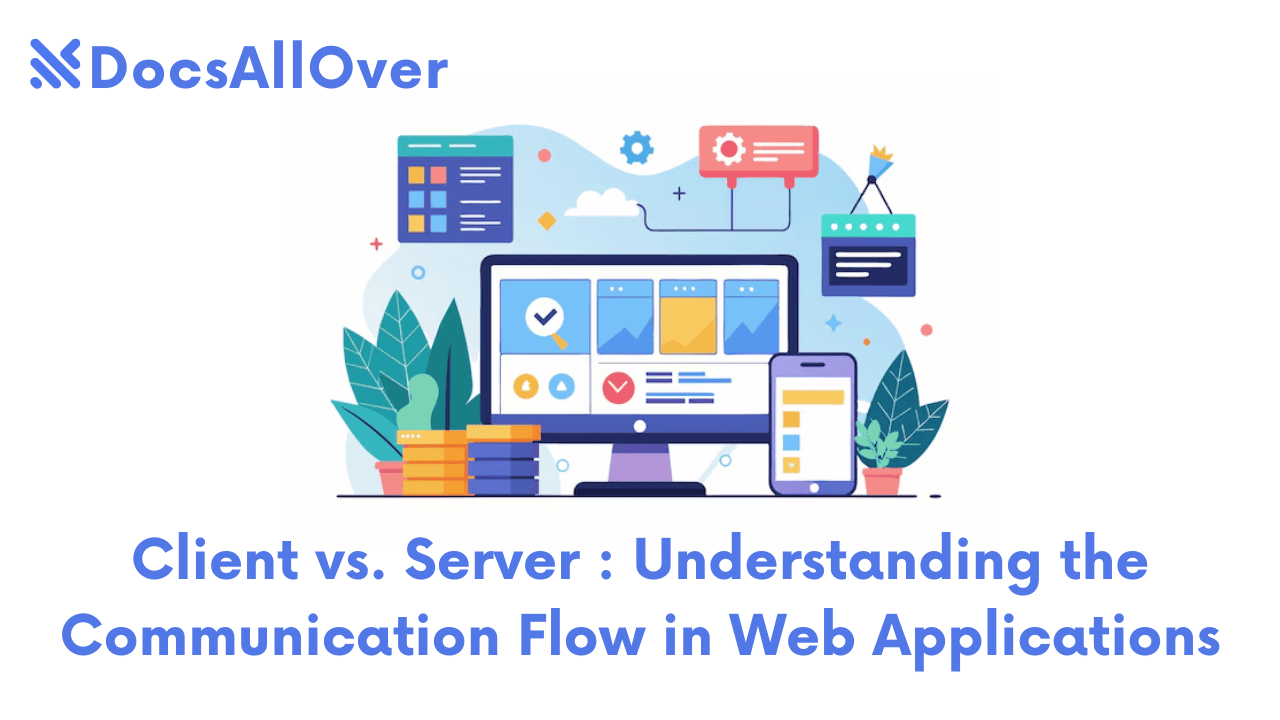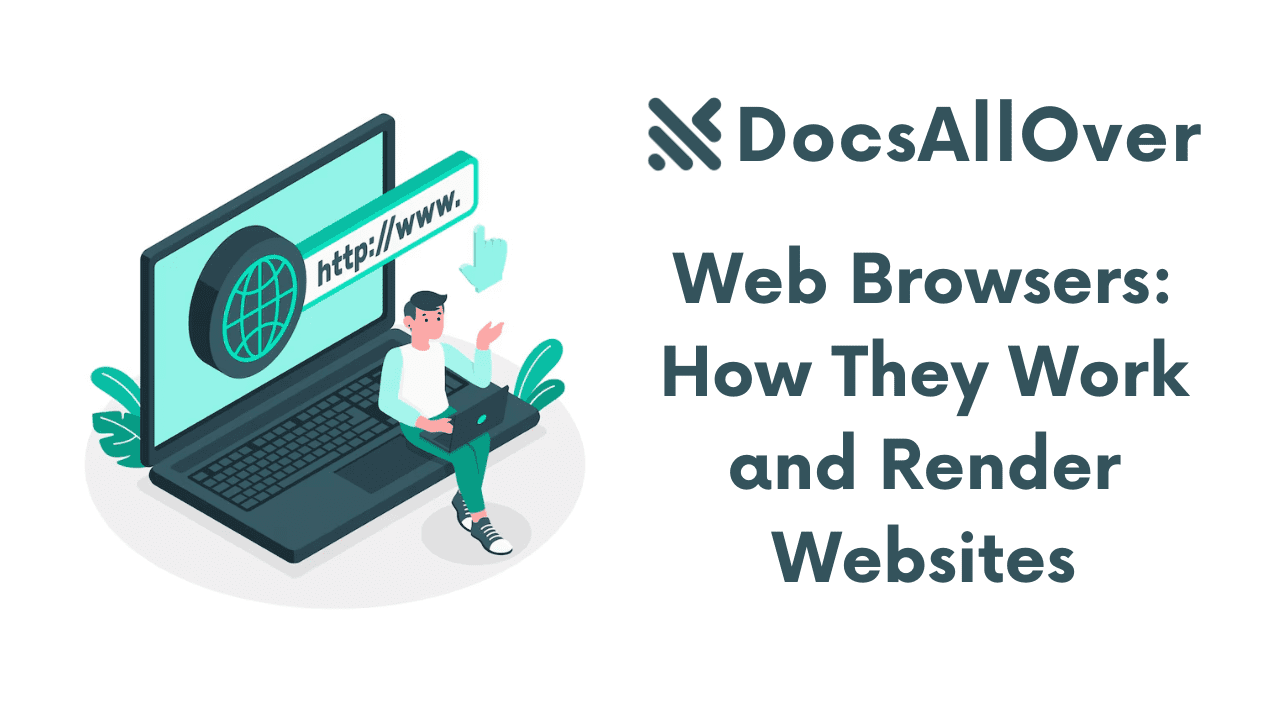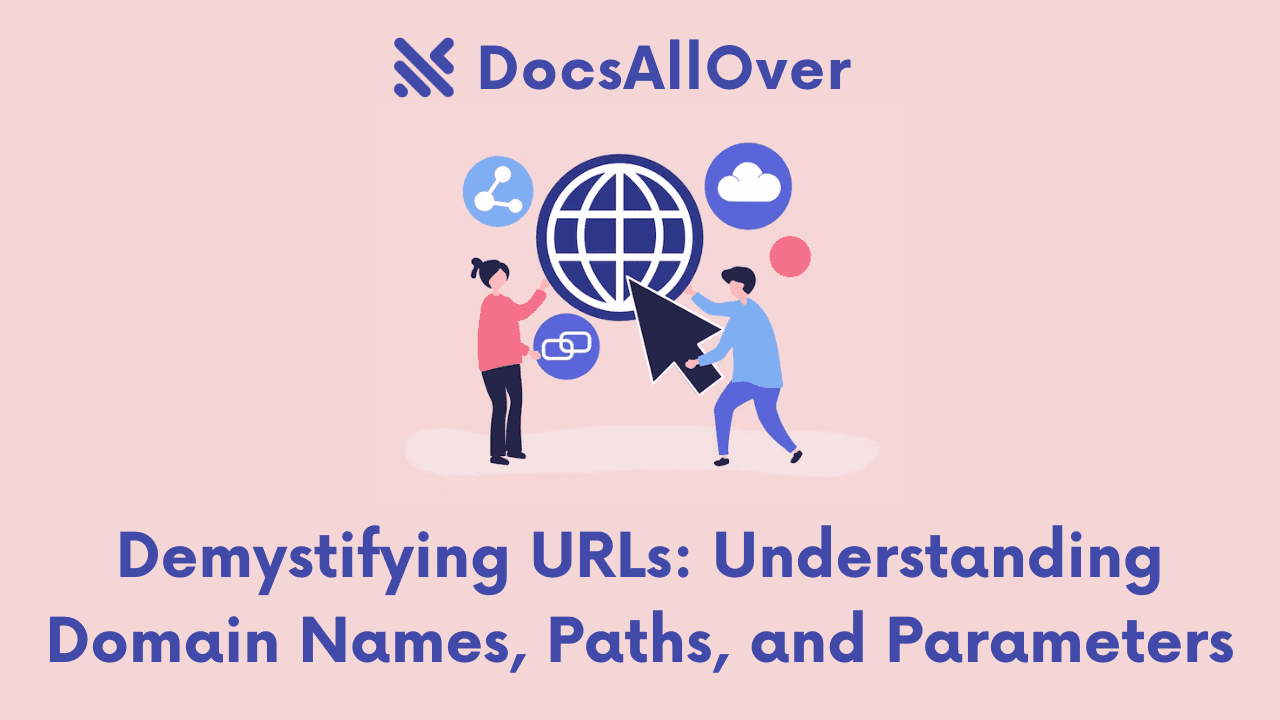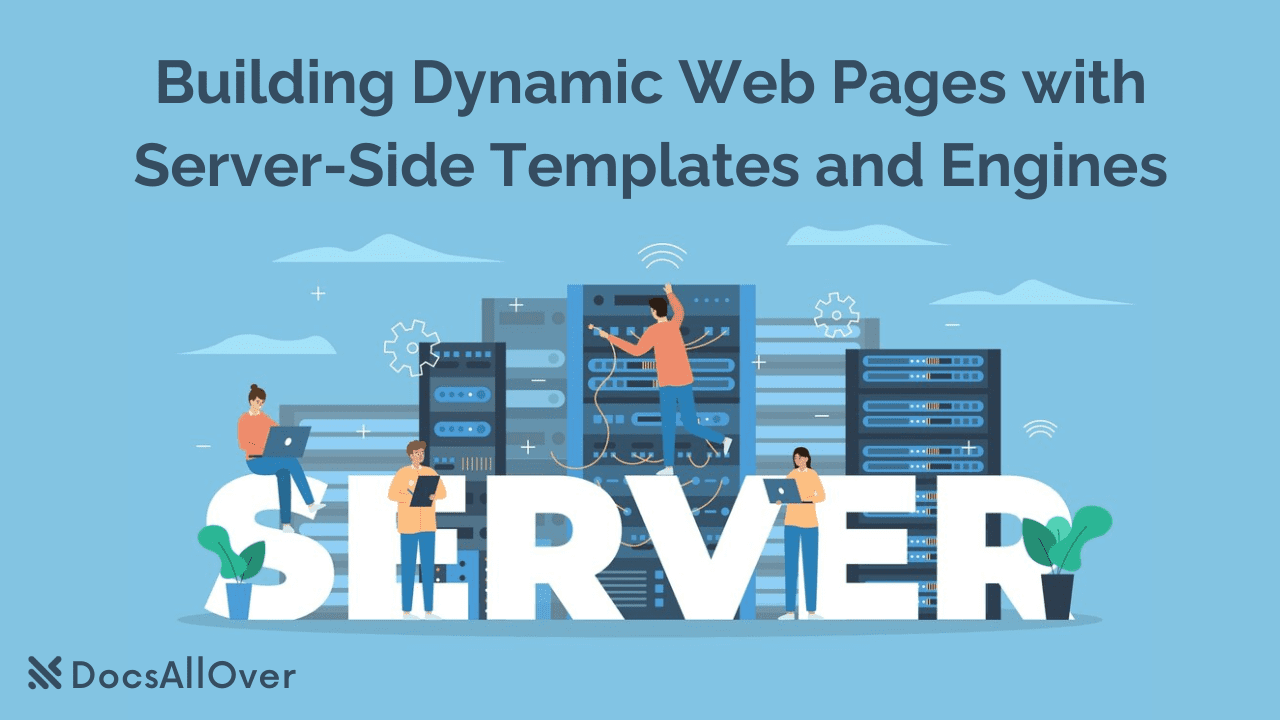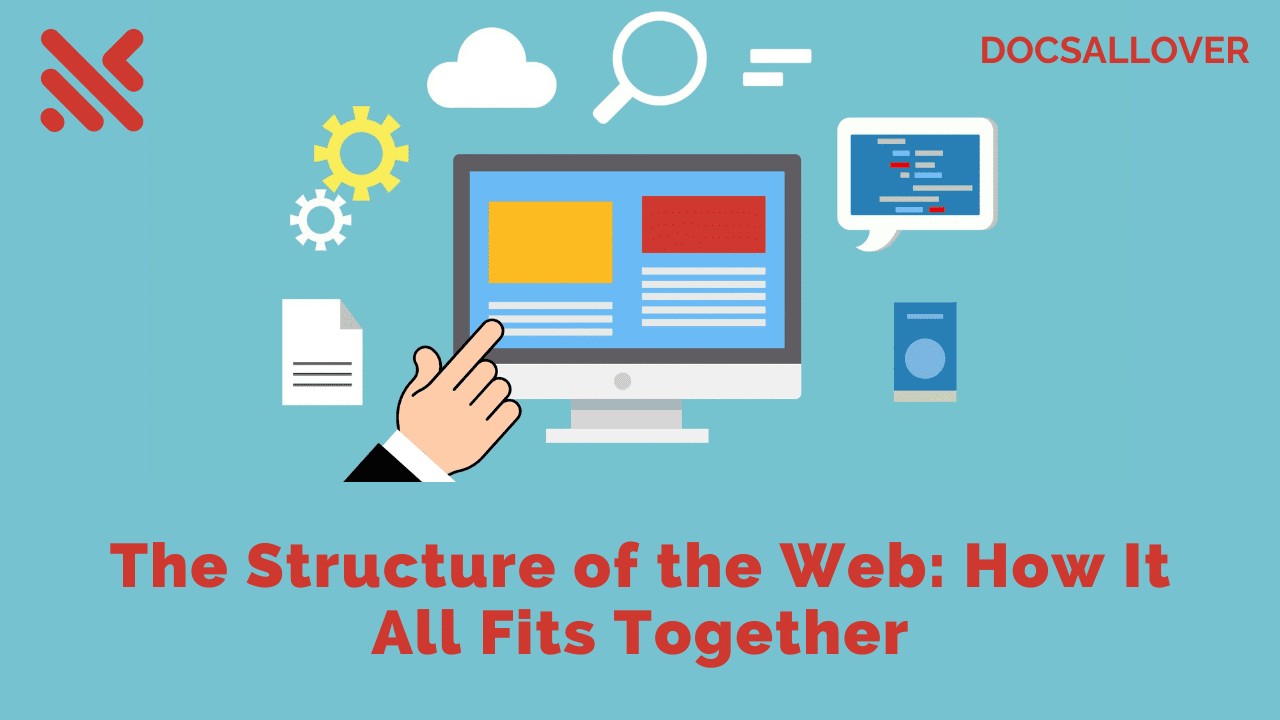The Basics of Web Development: A Beginner's Guide
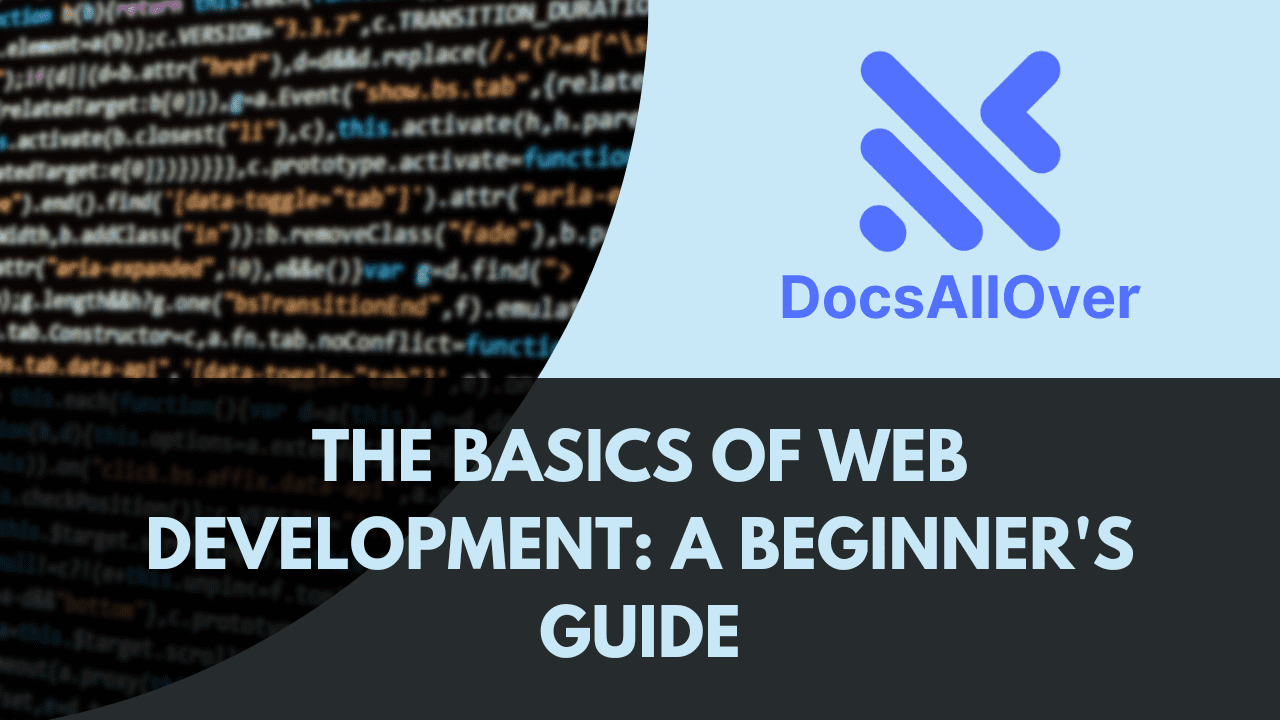
Web development is the process of creating websites and web applications. It includes the design, coding, and maintenance of web pages and web applications. In this article, we'll go over the basics of web development for beginners, including the different languages and tools used in the process.
HTML
HTML stands for Hyper Text Markup Language. It is the foundation of web development, and it's used to create the structure and content of web pages. HTML is a markup language that uses tags to define different elements of a web page such as headings, paragraphs, images, and links. Here's an example of an HTML code for a simple webpage:
CSS
CSS stands for Cascading Style Sheets. It is used to style the HTML elements on a web page. CSS allows you to change the font size, color, background color, and position of elements on a page. Here's an example of a CSS code for the above HTML code:
JavaScript
JavaScript is a programming language used to create interactive web pages. It is used to add functionality to HTML and CSS. JavaScript allows you to create pop-up windows, change content dynamically, validate form input, and create animations. Here's an example of a JavaScript code that changes the text of an HTML element:
Bootstrap
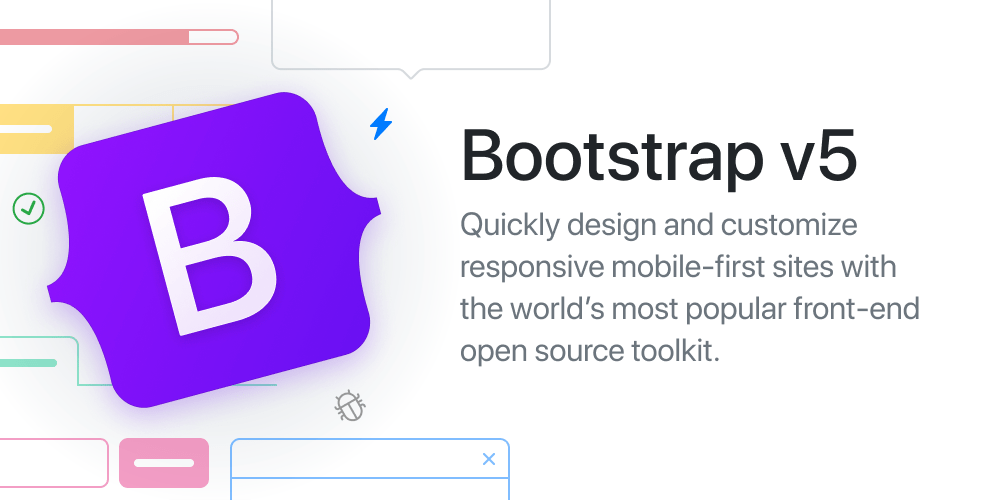
Bootstrap is a popular front-end framework that makes it easy to create responsive and mobile-first websites. It includes CSS and JavaScript files that you can include in your project to style and add functionality to your web pages. Bootstrap also provides pre-built components such as buttons, forms, and menus that you can use to quickly create a professional-looking website.
jQuery
jQuery is a JavaScript library that simplifies the process of working with HTML and CSS. It provides a set of functions that you can use to manipulate HTML elements, handle events, and make AJAX requests. jQuery is widely used because it makes it easier to write JavaScript code and saves time and effort.
Conclusion
In this beginner's guide to web development, we've covered the basics of HTML, CSS, JavaScript, Bootstrap, and jQuery. These are the foundational languages and tools of web development, and mastering them is essential if you want to create great websites and web applications. As you continue to learn and grow in your web development journey, you'll discover many more languages and tools that you can use to take your skills to the next level. Keep learning, experimenting, and building, and you'll be well on your way to becoming a successful web developer.
